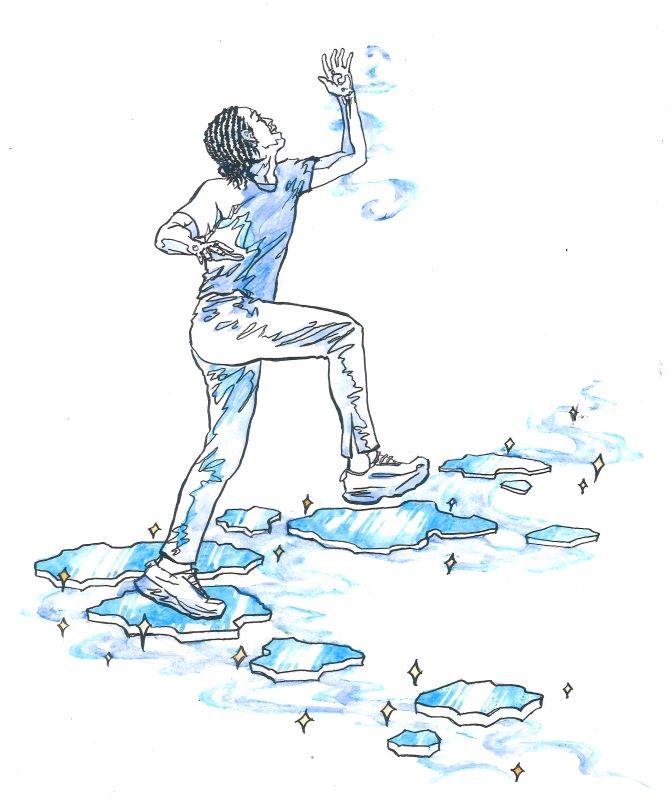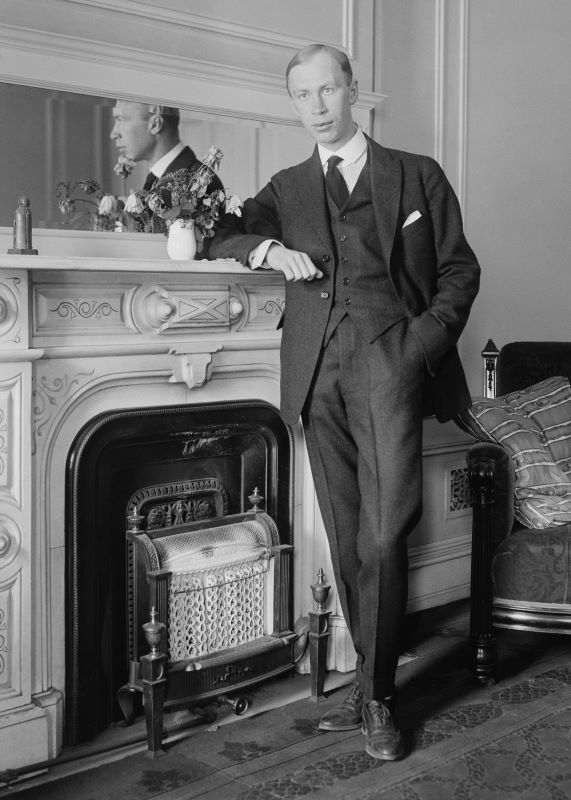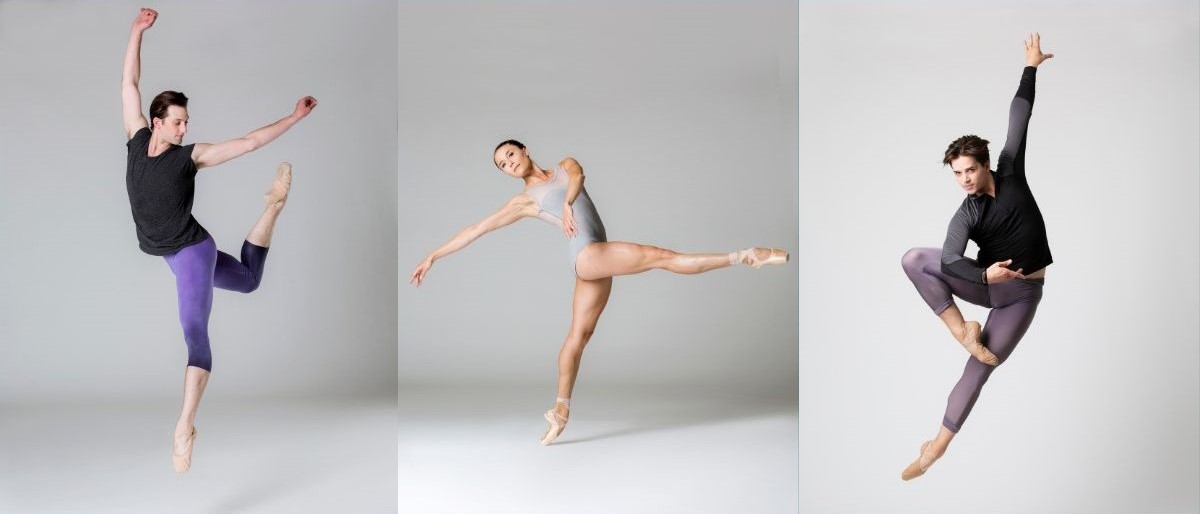
Meet the “Cac-tet” of Alexander Ekman’s Cacti
Written by Emma Love Suddarth
Emma danced with PNB from 2008-2021. Her writing appears in Pointe and Dance Magazine, as well as for PNB.

A handful of small, poky, green cacti.
16 boxes, lying flat or intricately stacked.
Light rails dropping to precariously low heights above the dancers.
The overpowering sounds of dancers smacking boxes, slapping their chests, and yelling in complex rhythmic patterns.
“It’s almost like a circus,” explains PNB Orchestra’s Principal Violist Alexander Grimes. If you caught Cacti when PNB first performed it in November 2018, you might know what to expect…the unexpected. There are more moving parts than sets, lights, and dancers. “There’s really nothing else quite like Cacti,” explains each of the four members of the string quartet, who, instead of playing in their typical pit location, are both onstage and moving around throughout – curtain up to curtain down. Learning choreography wasn’t the only challenge for the quartet – they had to know every note AND every rest, as they had no sheet music along with them. Cacti also incorporates sections of improvisation. The four who performed it initially in 2018 are excited to be back for it again – Concertmaster Michael Jinsoo Lim, Associate Concertmaster Jennifer Caine Provine, and Principal Cellist Page Smith, in addition to violist Grimes. They work as a single unit, relying solely on each other, independent both from the rest of the orchestra and from the conductor, who often operates as liaison between musician and dancer. When approached initially about performing the work, Lim sums up well how each felt: “I love those things where it’s just a little bit outside the box,” which happens to be exactly what Cacti is.
While the dancers rehearse for weeks or months prior, the musicians typically meet the week before to prepare. For Cacti, the quartet’s process required more time. They not only met on their own to fine-tune their sound, but also were called to in-studio rehearsals, a rare and special occurrence for both musicians and dancers. The piece begins with all four members spread across the stage, slowly making their way forward amongst the dancers, improvising the entire time: “It was a lot of remembering which dancer to pass on the left or the right to get to the front,” explains Grimes. And, there’s often two dancing casts to a ballet-many faces to memorize. Throughout, they found their way on and off stage, close together or spread a great distance apart – the latter being an uncommon arrangement for your typical quartet. At the end, Caine Provine remembers her most stressful moment: “[The dancers] were walking back and forth and I had to weave my way through to go off the stage…In my first rehearsal I got stuck because someone was going back and forward and I just couldn’t get past!” Don’t forget that Smith had to carry her cello with her whenever she moved as well. Grimes properly summarizes the challenge: “Playing something rhythmically and musically, while walking at no particular tempo, to get to a certain place by a certain time…Oh, while also looking like I’m having fun. The first time we did it we all looked so serious.” No easy feat.


While they played three beautiful and familiar pieces of music by Haydn, Beethoven, and Schubert, another atypical component of Cacti for the quartet was a hefty amount of improvisation. “A lot of times when people think of improvisation within music they think of jazz,” explains Lim, “It’s similar for classical musicians as for dancers, [although] there’s not always the opportunity for or training in it as much.” While Lim and Grimes both previously had a large amount of experience in improv, all four found it initially a little daunting. In their early meetings, they identified a structure that they wanted to use for it-something that fit in terms of tonality, key, or timing, and then, over the progression of the rehearsal and performance periods, each discovered moments of play, moments of making it truly their own. Grimes found his home in it, a place he could really “slip into character”: “I remember going for more virtuosic things and not worrying whether or not it worked out-it was all part of the chaos and rock and roll of the piece.” By the end, Caine Provine found it truly “freeing” as a musician, something she didn’t necessarily foresee coming. Much like every other element of Cacti.
All four cannot wait to dive in again. While they’ll have to re-memorize how many bars of rests come after this word, or how fast they need to travel across the stage to get there by that measure, they’re ready for the challenge. At the end of the day, “It’s a really great opportunity to showcase the musicians of the orchestra that the ballet gets tow work with,” Grimes says. And, as a dancer who’s experienced this inimitable chance to share the stage with out musicians, there’s no one else like them. Both Grimes and Caine Provine recall the collective moments behind the curtain just before the piece begins-there’s anticipation and electricity in the air, then, that rush of cool wind as the curtain rises, and the chaos of Cacti begins.
Photos: Michael Jinsoo Lim, Page Smith, Jennifer Caine Provine, and Alexander Grimes with PNB Company dancers in Alexander Ekman’s Cacti, photos © Angela Sterling.


